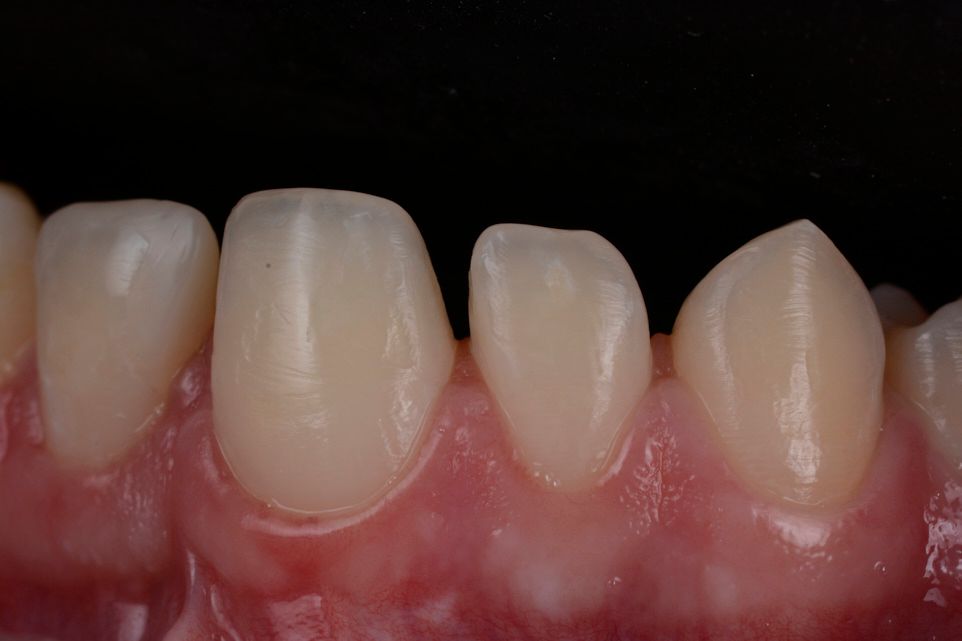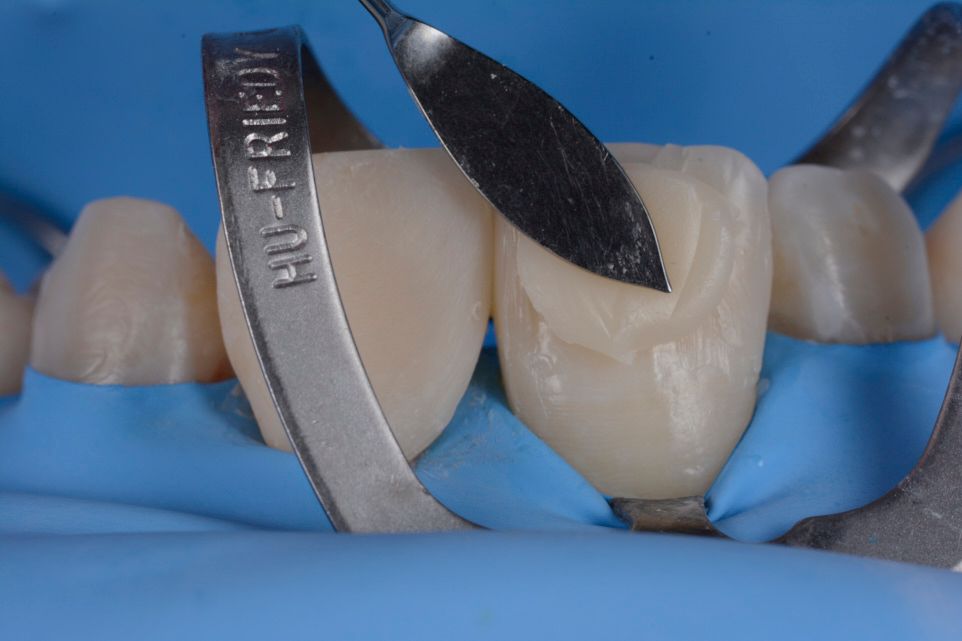How to Achieve Esthetic Outcomes by Using Single-Shade Composites
Clinicians can obtain esthetic restorations with 3M Scotchbond and Filtek Restorative products.
As clinicians, when considering the most important outcomes of any dental procedure, patient happiness is clearly at the top of the list. We all strive to find solutions that will result in our patients’ lives being improved in some manner, so when they head back out into the world, they feel better than they did coming in. To ensure this, one of the most obvious steps to take is to incorporate procedures and products into your practice that lead to highly esthetic results.
There are many different factors that come into the equation when thinking through how to accomplish this. Two of the most important elements to consider are fairly obvious: the shape and shade of the teeth. The final outcome of a restorative procedure should always match the existing shape and shade of the patient’s teeth. However, as is often true, achieving this can occasionally be easier said than done.
I’ve found there are certain steps to ensure both correct tooth shape and shade. One of the easiest changes to make is to use a single shade of composite when performing restorative procedures. This not only provides the obvious benefit of convenience but also allows clinicians to focus on the overall shape of the tooth, which is one of the critical aspects contributing to the final esthetic outcome.
The following case highlights how using single-shade composites can help stabilize complex cases, while also giving patients the beautiful results they deserve.
Case Study
The patient presented with results from previous orthodontic and restorative treatments that had left them unhappy (Figure 1). They expressed a desire for a more esthetic outcome. The first stages of treatment in this complex case were to perform a diagnostic and esthetic assessment to determine the best course of action. We decided to first have the patient undergo crown-lengthening bone surgery. Three months after this surgery was completed, the patient returned to receive the planned restorative treatment (Figure 2).
On the day of treatment, color selection was completed with a direct mock-up using the button technique, which involves placing round composite button samples—in different shades—on the middle third of the tooth and photographing using a polarizing lens (Figure 3). Another approach to shade selection is to “try in” the composite by simulating the thickness, opacity, and color on the tooth to be treated. During this procedure, it is important that the teeth stay hydrated, as desiccated teeth appear much whiter than they would otherwise (Figure 4).
Isolating using a rubber dam is critical to the success of this restorative procedure (Figure 5). Rubber dam isolation is preferred over other isolation techniques because it provides access to a dry field, which is needed to create the cervical contour and emergence profile most efficiently. The existing restoration is then conditioned by sandblasting using 29-micron aluminum oxide.
Next, the bonding surfaces were etched with 3M™ Scotchbond™ Universal Etchant (Figure 6). The gel was rinsed off with water after 15 seconds. Then, 3M Scotchbond Universal Adhesive was applied, rubbed for 20 seconds, treated with a gentle stream of air for solvent evaporation, and light cured for 10 seconds.
The front wing technique was used for creating cervical contour, emergence profile, and tooth dimensions (Figure 7). A low-stress, high-polish universal composite was used for the final restoration (3M Filtek™ Universal Restorative). The matrix was removed and then both distal and mesial contours were optimized (Figure 8).
Prefinishing the composite is extremely helpful before starting the construction of the neighbor teeth because it allows for a view of very small surface defects, which are easily corrected at this time (Figure 9). In my experience, small defects are more easily corrected with flowable composite (in this case, 3M Filtek Supreme Flowable Restorative) whereas bigger defects are more easily corrected with universal or bulk fill composite “pastes” (Figure 10).
A matrix was then used to protect the neighboring tooth while placing the universal etchant (Figure 11). Because the protective matrix has not been deformed, it can be reused to build interproximal anatomy. After completing the cervical and proximal contour, the buccal area of the tooth was modeled using a very wide instrument designed for direct veneers (LM-Arte™ Solo Anterior from LM-Dental) (Figure 12).
At this point, backfilling of the front-wing matrix was complete (Figure 13). If the space is very narrow, it may be easier to use the flowable restorative followed immediately by the universal restorative (this is also referred to as the snowplow technique). The restoration of the left canine and premolar was performed using the same technique as the central incisors, focusing mainly on shape and contours (Figure 14).
The rubber dam was then removed so polishing and occlusal adjustments could be made (Figure 15). The final gloss was achieved using the 2-step 3M Sof-Lex™ Diamond Polishing System, which helped create the esthetic end result (Figure 16). One thing to note is that future adjustments are still possible when using conservative direct composite techniques.
Conclusion
As is evident in this case, using a single composite shade allows clinicians to focus more on the anatomical shape of the tooth. When this strategy is implemented, along with a finishing and polishing system, the end result is a highly esthetic restoration.

















 Download Issue: Dental Products Report February 2021
Download Issue: Dental Products Report February 2021

